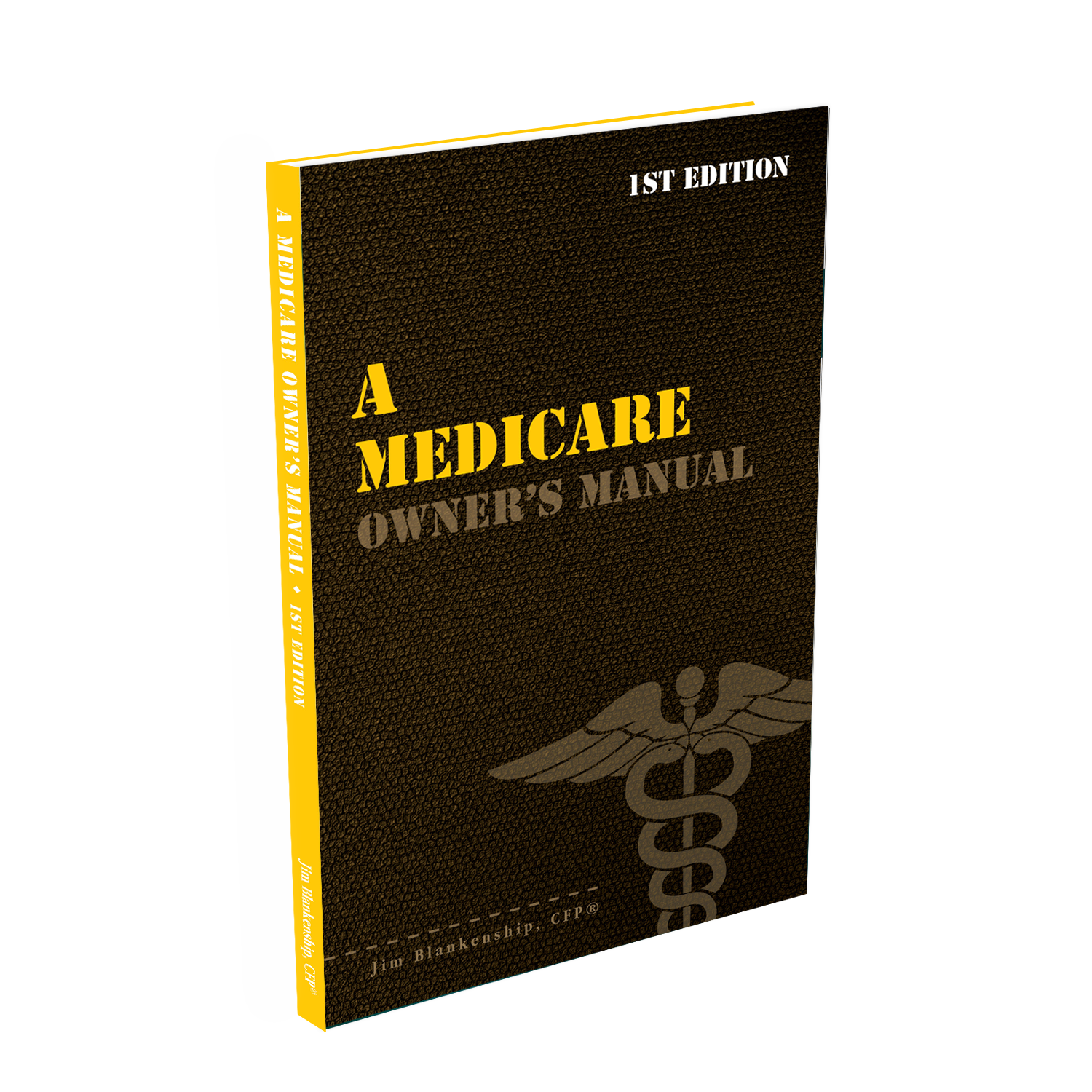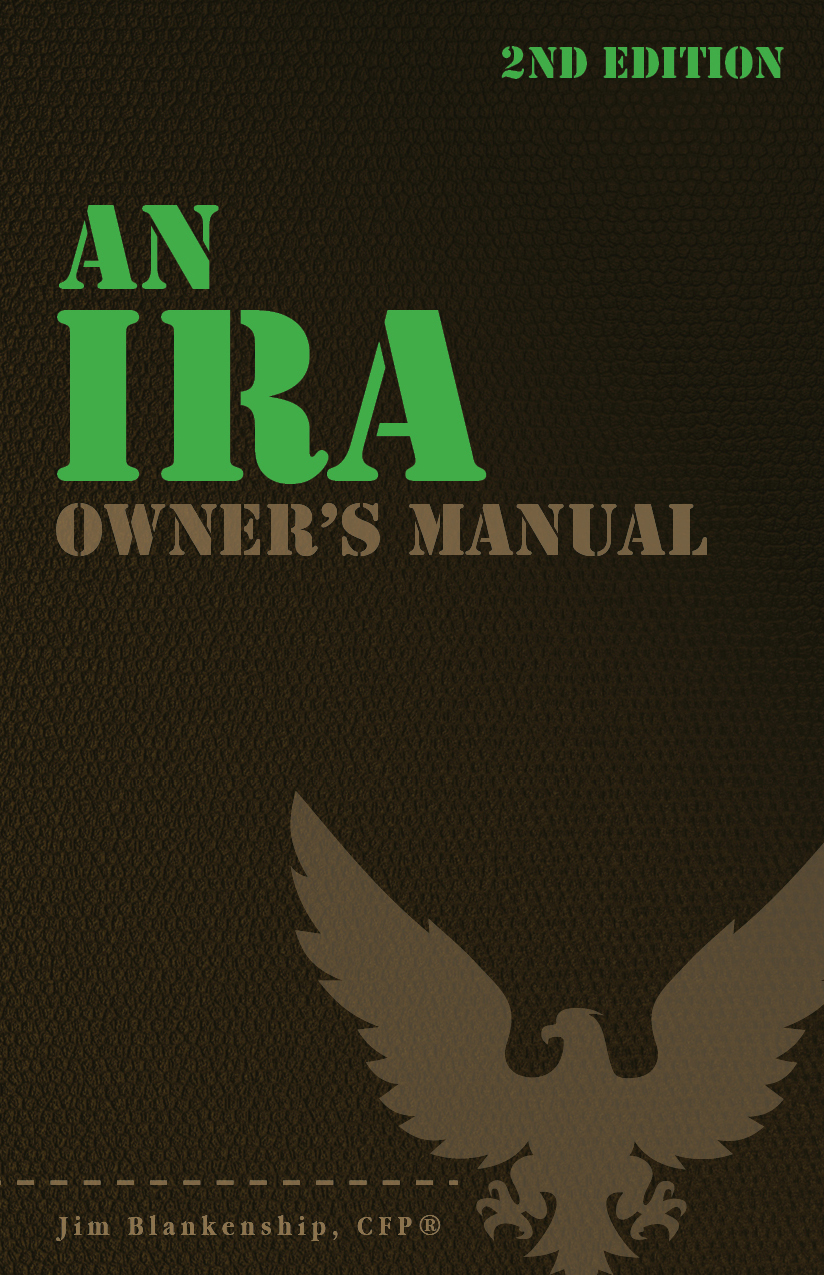Should I continue to make contributions to my 401(k)? Is there something else that I should make contributions to instead? As you may recall, the recommended order for retirement savings contributions is normally as follows: 401(k) contributions up to the amount that the company matches max out your Roth or traditional IRA contributions for the year (as applicable) max out the remainder of the available 401(k) contributions make taxable investment contributions In the situation where your employer doesn’t match your contributions to a 401(k) plan, the order of contributions is more appropriate if you bump up the Roth or traditional IRA contributions. In other words, just eliminate the first bulletpoint. Now, the choice of Roth IRA versus the traditional IRA for your contributions is dependent upon your income and the tax impacts. For example, you would not be eligible to make a deductible traditional IRA contribution if your Modified Adjusted […]
qrp
What is Meant by Half Years of Age?
If you’ve paid much attention to the rules around retirement plans (IRAs, 401(k)s, and others), you’ve probably noticed that there are a couple of rules that refer to ages that include “½”. So what does this mean?? Well, quite literally, this means 6 months after you reach a certain age. The two primary ages with “½” included are 59½ and 70½. So, to be age 59½, means that you reached your 59th birthday six months prior to that date. Likewise, to be age 70½ means that you reached age 70 six months prior to that date. These two ages are for different purposes and are (naturally) treated differently. Age 59½ The rule using age 59½ is for one of the exceptions to the penalty for early withdrawals from your IRA or 401(k) plan: once you’ve reached that age (and not before that age) you can take withdrawals from your IRA […]
When Is a Roth IRA Subject to Income Tax?
Elaine Roth (Photo credit: Wikipedia) Ah, the Roth IRA. That single bastion of non-taxable money in our arsenal of accounts. When you have investments in a Roth IRA, you can take the money out tax-free, right? Not always. There are several situations where a Roth IRA’s monies can be subjected to tax, penalty, or both. Listed below are some of those circumstances. When a Roth IRA is Taxable It should be noted that contributions to a Roth IRA may always be withdrawn from the account tax-free, for any purpose whatsoever. There are no restrictions on these withdrawals. 1. Taking the money out of the account within the first five years of the account’s existence can result in taxation of a portion of the funds. The portion that is taxable is any withdrawal that exceeds the total of all contributions and conversions into the account. This rule applies without exceptions. 2. […]
About to Graduate? Learn How to Save!
Hey, soon-to-be-graduates: as you begin to make your way out into the world of full-time employment, you’ll soon be faced with many, many “grown up” ways to spend the money you’ll be earning. You’ll of course have rent, insurance, food and clothing, maybe a car payment, and you’ll want to use some of that new-found money to blow off steam, however you choose to do that – maybe fulfilling a lifetime dream of getting “beaked” by Fredbird, for example. If you’re on top of your game, you’ll may also be thinking about saving some of your earnings. Here, you’ll have a bundle of options to choose from – regular “bank” savings accounts, 401(k) plan (or something similar) from your employer, and IRA accounts, both the traditional deductible kind and the Roth kind (hint: the Roth kind is what I want you to pay particular attention to). Side note: even if […]
End of Year Roth Conversion Strategy: Fill Up the Bracket
Image by agrilifetoday via Flickr If you’re in a relatively low tax bracket and have funds in a traditional IRA or Qualified Retirement Plan, chances are you might be in a position to set yourself up with tax-free income via a Roth Conversion. One method that can work in your favor is the “fill up the bracket” technique, and if you want to do this for 2011, you’re running out of time, it must be done by December 30 (December 31 is a Saturday). The way this works is that you determine what your regular income is, and then look at where you are with regard to your tax bracket. If there’s still some “headroom” in the current bracket, you could convert an amount, equal to or less than your “headroom”, from your traditional IRA to a Roth IRA. This way you are controlling the tax rate at which your […]
2012 Retirement Plan Limits
Image via Wikipedia The new limits for retirement plans in 2012 have just recently been published. The details of these new limits are below: IRA The contribution limit (and therefore the deductible contribution limit) for a traditional IRA remains the same in 2012 as in 2011 – at $5,000. The catch up provision, available to taxpayers age 50 or better, also remains the same at $1,000. If you’re a Single filer and covered by a retirement plan via an employer, the deductibility phases out when your Adjusted Gross Income (AGI) is over $58,000 and phases out completely at an AGI of $68,000. This is an increase of $2,000 over the 2011 phase-out range. If you’re Married and filing jointly and the spouse making the IRA contribution is covered by a workplace retirement plan, the phase-out range is between $92,000 and $112,000, also up from 2011 by $2,000. If you’re not […]


 Sterling Raskie, MSFS, CFP®, ChFC®
Sterling Raskie, MSFS, CFP®, ChFC® The latest in our Owner’s Manual series, A 401(k) Owner’s Manual, was published in January 2020 and is available on
The latest in our Owner’s Manual series, A 401(k) Owner’s Manual, was published in January 2020 and is available on  A Medicare Owner’s Manual, is updated with 2020 facts and figures. This manual is available on
A Medicare Owner’s Manual, is updated with 2020 facts and figures. This manual is available on  Social Security for the Suddenly Single can be found on Amazon at
Social Security for the Suddenly Single can be found on Amazon at  Sterling’s first book, Lose Weight Save Money, can be
Sterling’s first book, Lose Weight Save Money, can be  An IRA Owner’s Manual, 2nd Edition is available for purchase on Amazon. Click the link to choose the
An IRA Owner’s Manual, 2nd Edition is available for purchase on Amazon. Click the link to choose the  Jim’s book – A Social Security Owner’s Manual, is now available on Amazon. Click this link for the
Jim’s book – A Social Security Owner’s Manual, is now available on Amazon. Click this link for the  And if you’ve come here to learn about queuing waterfowl, I apologize for the confusion. You may want to discuss your question with Lester, my loyal watchduck and self-proclaimed “advisor’s advisor”.
And if you’ve come here to learn about queuing waterfowl, I apologize for the confusion. You may want to discuss your question with Lester, my loyal watchduck and self-proclaimed “advisor’s advisor”.